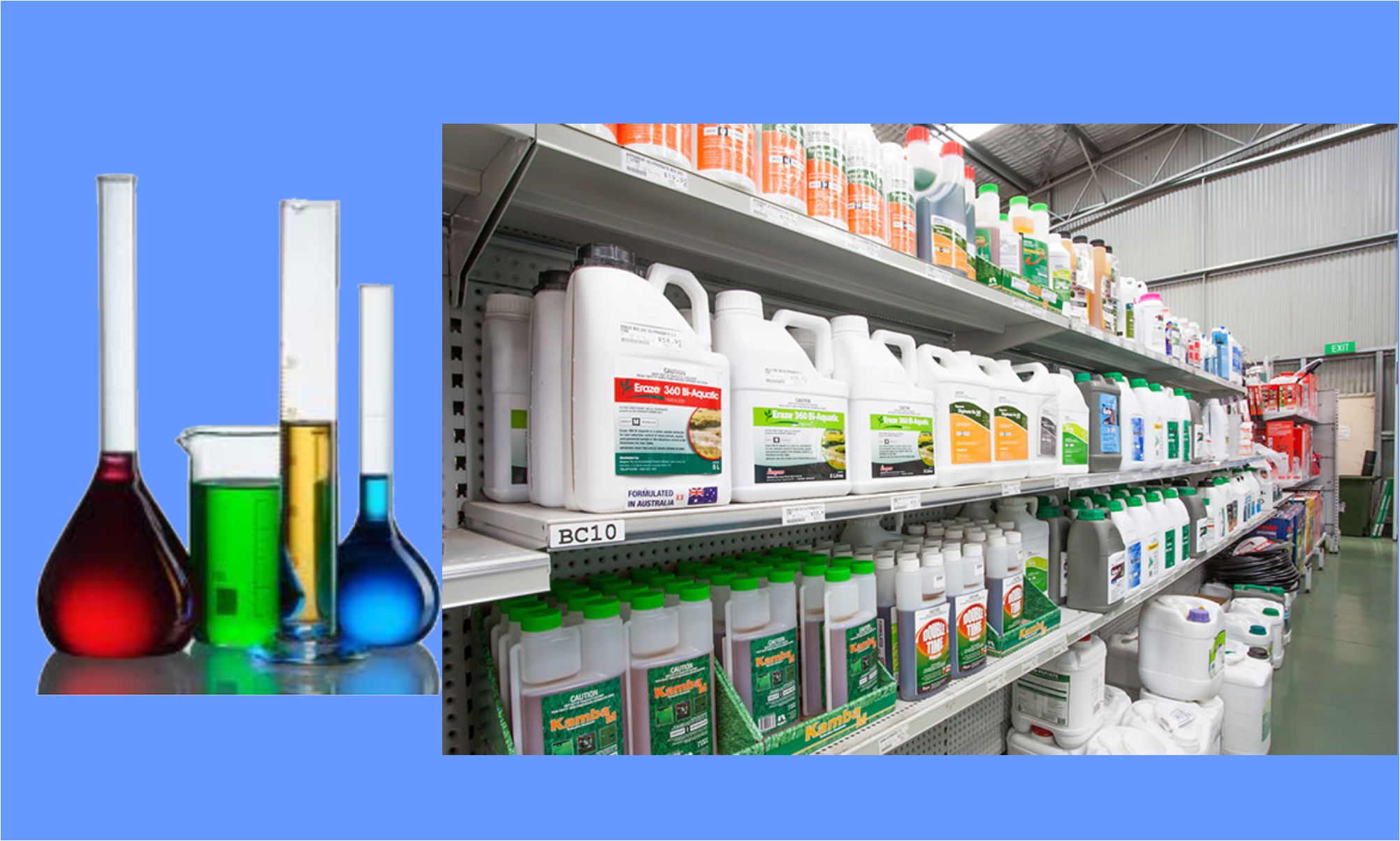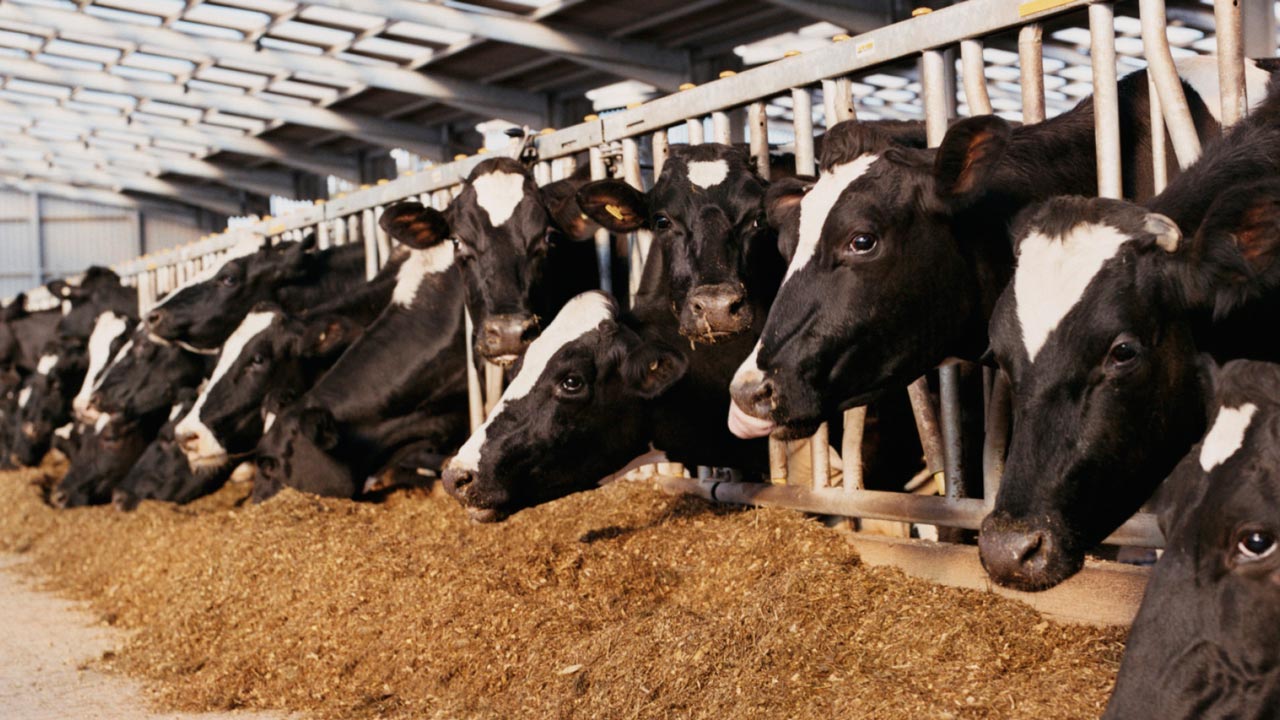
Agriculture is the science and art of cultivating plants and livestock.[1] Agriculture was the key development in the rise of sedentary human civilization, whereby farming of domesticated species created food surpluses that enabled people to live in cities. The history of agriculture began thousands of years ago. After gathering wild grains beginning at least 105,000 years ago, nascent farmers began to plant them around 11,500 years ago. Pigs, sheep and cattle were domesticated over 10,000 years ago. Plants were independently cultivated in at least 11 regions of the world. Industrial agriculture based on large-scale monoculture in the twentieth century came to dominate agricultural output, though about 2 billion people still depended on subsistence agriculture into the twenty-first.
PRODUCTION OF AGRO-CHEMICALS

Bixcrypto Investment capital are also wildly involved Morden agronomy, plant breeding, agrochemicals such as pesticides and fertilizers, and technological developments have sharply increased yields, while causing widespread ecological and environmental damage. Selective breeding and modern practices in animal husbandry have similarly increased the output of meat, but have raised concerns about animal welfare and environmental damage. Environmental issues include contributions to global warming, depletion of aquifers, deforestation, antibiotic resistance, and growth hormones in industrial meat production. Genetically modified organisms are widely used, although some are banned in certain countries.
The major BIXCRYPTO INVESTMENT GROUP agricultural products can be broadly grouped into foods, fibers, fuels and raw materials (such as rubber). Food classes include cereals (grains), vegetables, fruits, oils, meat, milk, fungi and eggs. Over one-third of the world's workers are employed in agriculture, second only to the service sector, although the number of agricultural workers in developed countries has decreased significantly over the centuries.
CASH CROP CULTIVATION

A crop is a plant or plant product that can be grown and harvested for profit or subsistence. By use, crops fall into six categories: food crops, feed crops, fiber crops, oil crops, ornamental crops, and industrial crops.
A crop is a plant or plant product that can be grown and harvested for profit or subsistence. By use, crops fall into six categories: food crops, feed crops, fiber crops, oil crops, ornamental crops, and industrial crops.
Food crops, such as fruit and vegetables, are harvested for human consumption. Grains, such as corn, wheat, and rice, are the world’s most popular food crops.
Food crops were the first crops to be harvested through agriculture. Agricultural development and the growth of civilizations led to the diversity of other types of crops.
Feed crops, such as oats and alfalfa, are harvested for livestock consumption. These crops contain nutrients that animals need to develop. They are grown in agricultural fields but can also be found in natural meadows and pastures.
LIVESTOCK FARMING

Forage crops are important for livestock farming. Animals feed directly on forages, such as grasses. Forages that are cut and fed to livestock while they are still fresh are called green chop. Alfalfa is a popular crop fed to livestock as green chop.
Some forages are cut, allowed to dry in the field, and stored. These are called hay crops.
Another type of forage crop is silage. Silage crops are harvested, then stored under conditions that allow the forage to break down (ferment) into acids. The wet, acidic silage is fed to livestock such as cattle.
Principle feed crops include corn, barley, wheat, and oats. Each of these crops has different properties that are better suited for some animals’ diets over others. Barley, which is harder to digest, is most often fed to beef and dairy cattle because they have a tough, four-chambered stomach. Hull-less barley, which is easier to digest, is fed to swine and poultry.
The production of feed crops has risen dramatically with increased demand for meat worldwide. Increased production of feed crops has changed the agricultural landscape.